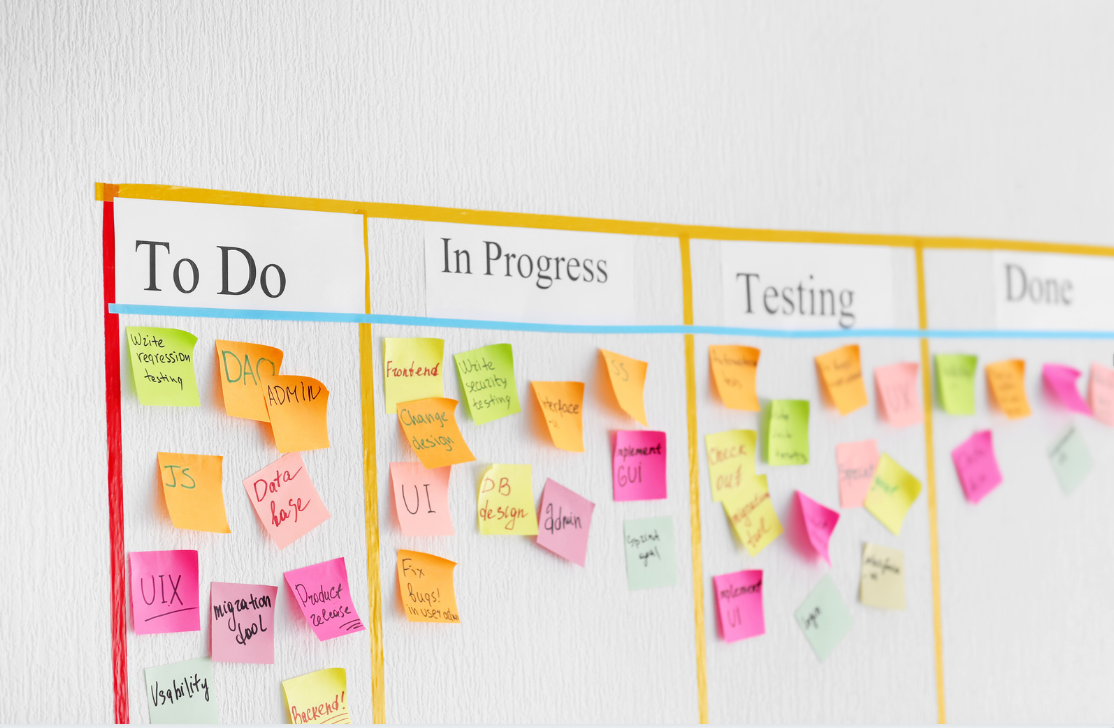When I joined Greenphire in 2012, we had one product live (ClinCard) and a second product under development (eClinicalGPS). Now seven years later, we are proud to partner with leading sites and sponsors globally as their preferred clinical trial payment solution and travel provider.
As the leader of the dynamic Greenphire IT and Engineering department, I have contributed in managing the overall team and product development, as well as a key collaborator with our largest clients.
In this short article, I share some of my personal story and lessons learned along the way. Hopefully these tips are helpful as you build your own career path.
Implementing agile across the SLDC
The most significant accomplishments that have taken place in my current role have been implementing agile across the Greenphire software development life cycle (SDLC).
Within the first few months of joining Greenphire, we brought in an agile trainer to get us started and tweak the process along the way. As we hit new tipping points, we tried other strategies. We hired full-time Scrum Masters, not just to run meetings, but to make sure we were focused on continuous improvement. We added Retro’s, more people to the “Showcase” invites and incorporated direct feedback from internal and external customers into our SDLC.
Now seven years later, we never stop identifying ways to get better. For example, we are about to initiate two half-day working sessions where we will focus on a portion of the SDLC, such as UX and Roles and Responsibilities across Product and IT.
The biggest surprise of becoming an IT leader: Mentality shift
The transition from being an individual contributor on a team to an organization leader can be challenging in many ways. My biggest surprise and challenge as I transitioned into a leader was the needed change of mentality: from a doer to a guider. As a leader, you must guide and empower your team to make the best decisions, but not do it yourself. As discussed in this recent Technical.ly Philly article, offering more responsibility your team gives them opportunity to develop new skills and build a career path.
You need your team to be able to deliver, so your role revolves more around removing impediments. You are no longer coding, you are no longer fixing breaks, you are no longer whiteboarding features; you are the one the team is looking to for guidance, approval and support. You are now the one pushing for excellence and continuous improvement. In the early stages, this can feel like a loss of control, because you are not doing these things yourself. However, a leader must grow with the role, and change the way they look at his or her day, their goals, and how to best lead the team.
Mentors and teammates provide perspective
Having great mentors that I could count on, and a good team working with me helped me transition from being a member to a leader of a team.
Early on, I had one team member come up to me and question why I was still doing a specific task. He told me, quite firmly I might add, that I shouldn’t be doing that anymore, and to give it to him. It gave me perspective of what my team needed from me. They didn’t need me to fix a defect, they needed me to guide and lead them.
Advice for other leaders
The experiences that I have had in my career are certainly applicable beyond working in software development. Here are four things that I’ve learned in my journey that may help you along your professional path:
1. Don’t act like you know everything. You need to be confident, but if you roll into the new role, portraying you know everything, better than everyone else, you are not going to get the team on board to your strategy.
2. Have mentors and counterparts you can trust. Everyone needs to be able to bounce ideas, strategies, struggles with peers. Understanding that someone else has gone through similar challenges can only provide more information to help you.
3. Build your management team. It’s essential to have managers on your team that you trust, and that trust you.
4. Demonstrate how you can make a difference. As a leader, you need to think about improving both quality and innovation velocity. What changes do you need to make to push your team forward?
What other advice do you have?


